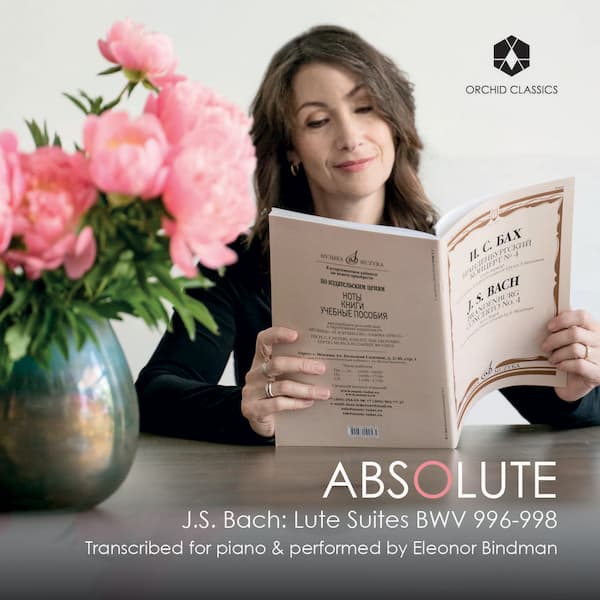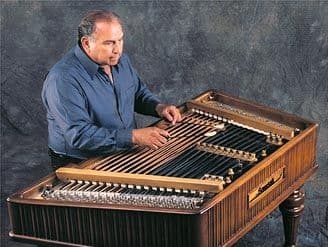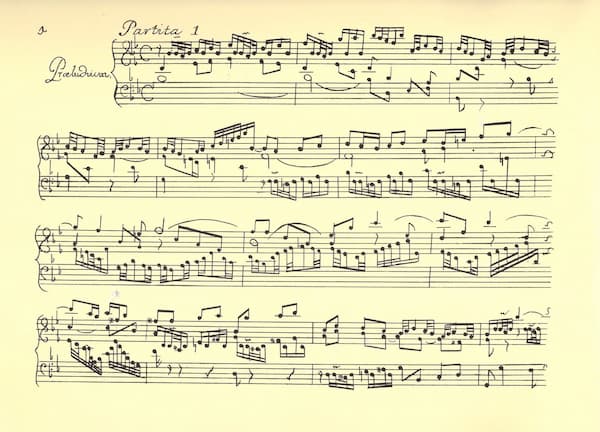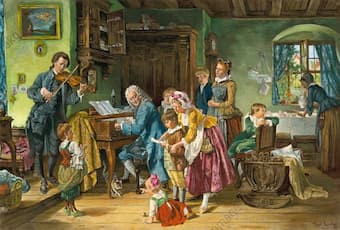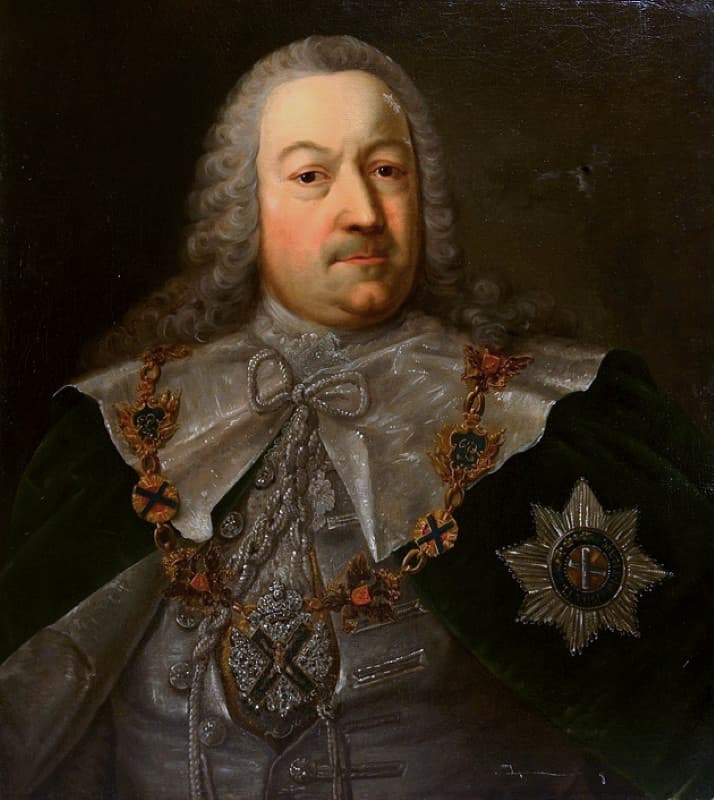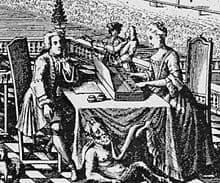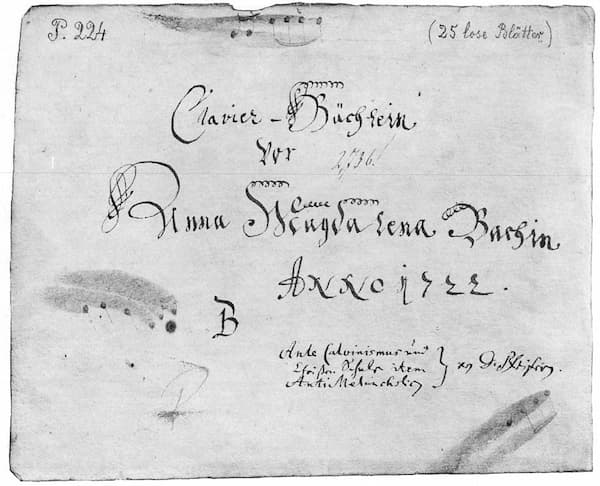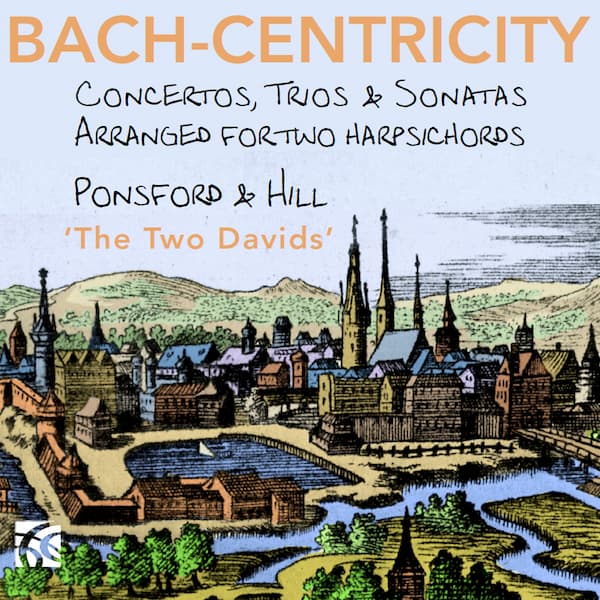“All my transcriptions are motivated by the desire to play my favourite music on the piano.” – Eleonor Bindman A lifelong love of J.S. Bach has led pianist Eleonor Bindman to produce a number of important transcriptions for solo piano
Bach
The Goldberg Variations, published by Bach in 1741, is beloved by musicians. Those who don’t play a keyboard instrument have been quick to arrange it for their own specialities. We’ll start with stringed instruments and how they treat the first
Early in 1726, for reasons essentially unknown, Johann Sebastian Bach interrupted his continuous production of cantatas. Between February and September 1726, he performed 18 cantatas by his cousin Johann Ludwig Bach, and he performed none of his own music at
We may reasonably call Johann Sebastian Bach a middle-of-the-road eighteenth-century father. He was not directly involved at all in the upbringing of his children but provided guidance by example. The Bach family arrived in Leipzig on 22 May 1723 and
Johann Sebastian Bach (1685–1750) published his well-known Goldberg Variations, BWV 988, in 1741, in the 4th part of his Clavier-Übung (collection of keyboard music). Its creation story, as told by Bach’s biographer Johann Nikolaus Forkel (1749–1818), wrote that Count Hermann
After the death of his wife, Maria Barbara, Johann Sebastian continued his work at the Court at Cöthen. He wrote and performed cantatas for the birthday of the Prince and also for the New Year. In order to perform these
Bach had moved his family to Cöthen on 4 December 1718, where Prince Leopold had put together an orchestra of eighteen players, all chosen for their high musical standards from all over the country. The reformed Calvinist court at Cöthen
When we think of J.S. Bach’s tremendous output, we never seem to consider the music that ended up in his manuscripts but which was not by him. This isn’t Bach stealing, but evidence of Bach learning. The new recording by

